Situated at Cape Agulhas, the southernmost tip of Africa, the Cape Agulhas Lighthouse has stood for over 150 years as a maritime chaperone over the notorious “Cape of Storms.” It was the third lighthouse to be built in South Africa, and the second-oldest still operating. The coastline was once a frequent graveyard for ships straying too close to land. The sea off Cape Agulhas has long been notorious among sailors for winter storms and massive rogue waves, which can even sink large ships. Some of the ships that fell onto these shores include the Zoetendal, Arniston, Meisho Maru and the Birkenhead.
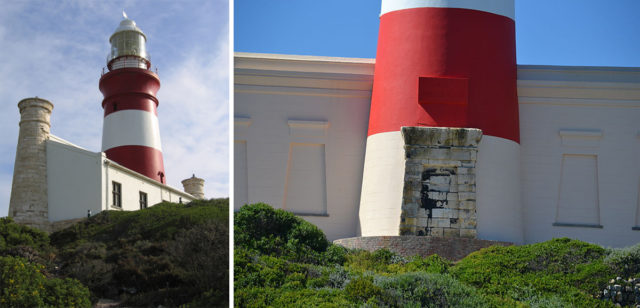
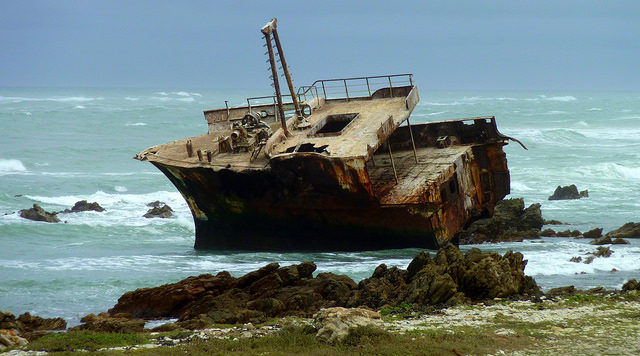
The Agulhas bank is a unique geographical formation. The ocean around this area is only 60 fathoms deep for 250 kilometers out to sea and then drops sharply to 180,000 fathoms until it reaches Antarctica.
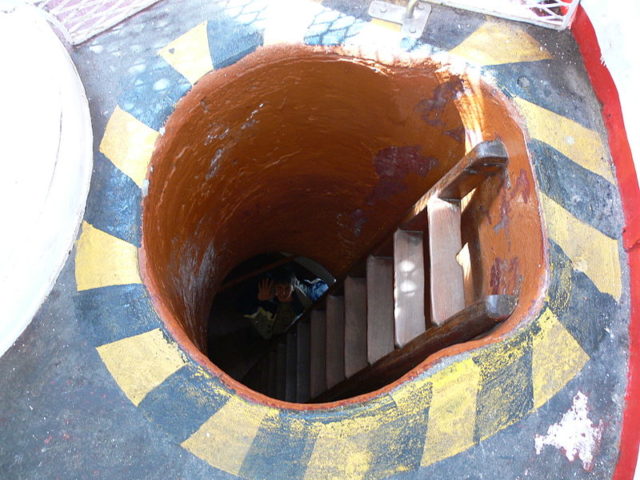
The site is known as L’Agulhas – the Cape of Needles – and was named by the Portuguese navigator Bartholomew Dias in 1488. When seafaring Portuguese vessels rounded this Cape tip in the 15th century, their compass needles would swing, leaving them unable to determine True North from Magnetic North. It is also said that this is where the Benguela and the Mozambique currents meet.
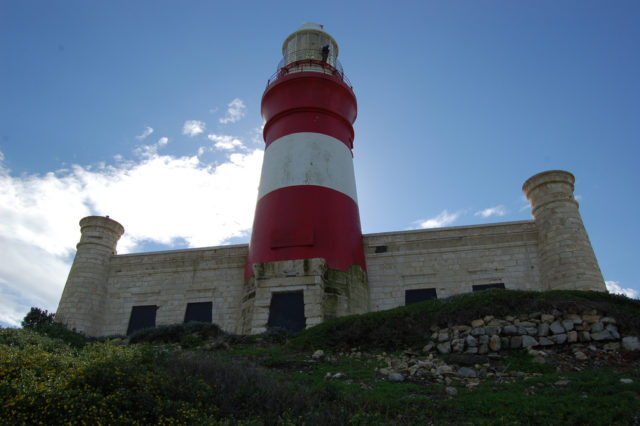
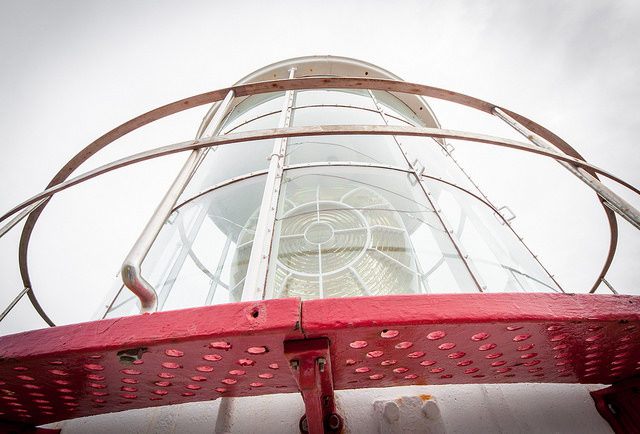
The lighthouse has some very interesting history as it was modeled on one of the seven wonders of the ancient world, the Lighthouse of Alexandria in Egypt. It was commissioned on 1 March 1849 but in 1962, the sandstone from which the lighthouse was built started crumbling and the original structure was declared unsafe. In 1968, a new aluminum lighthouse was built nearby, preserving the original lighthouse as a national monument.
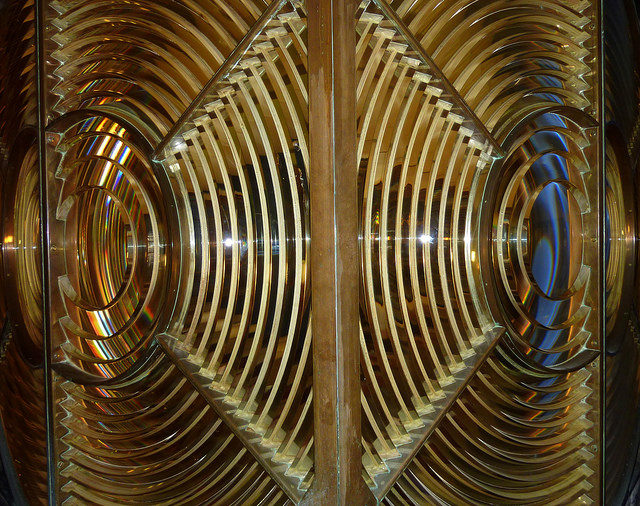
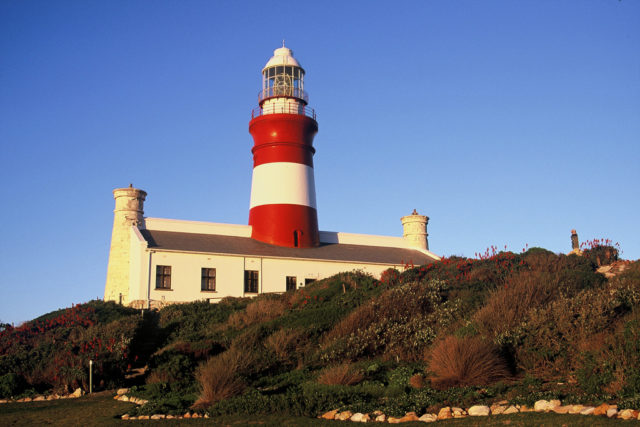
Its inspired historic architecture stands tall in red and white stripes just one kilometer away from the most southern tip of the rocky coastline.
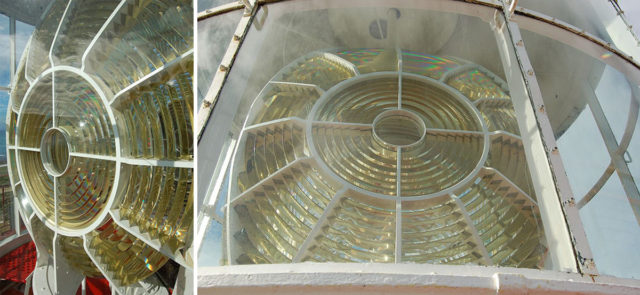
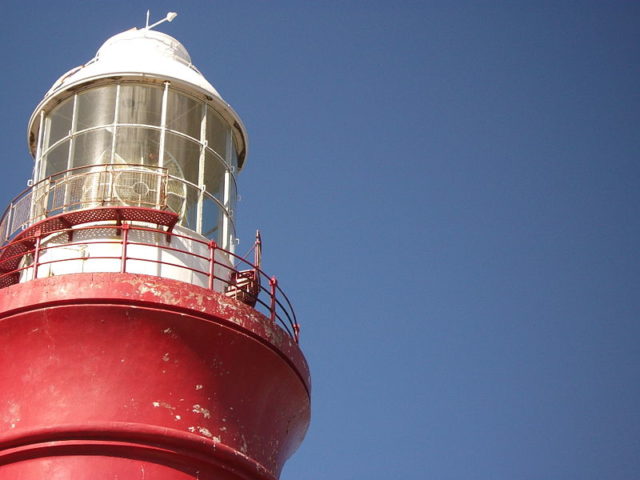
The Cape Agulhas Lighthouse Museum was opened in 1994 and is the only one of its kind found in Africa.
